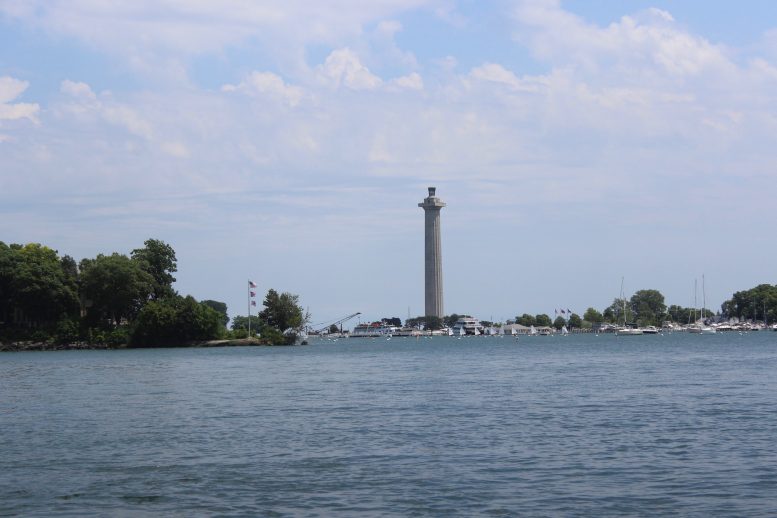By Bill Stanley, The Nature Conservancy
From Ohio Capital Journal
I have been involved in conservation, personally and professionally, for more than 30 years. In that time, I’ve learned that long-term conservation success takes three things: innovative thinking, funding, and, above all, collaboration. It’s a lot like the African proverb, ‘If you want to go fast, go alone. If you want to go far, go together.’ Whether you are managing a nature preserve, building a recreational trail for people to enjoy, or embarking on a multi-year restoration project, conservation takes teamwork.
The H2Ohio Program is ground-breaking in the way that it recognizes and supports the variety of things that need to be done, and the many different team members needed, to protect Ohio’s waters. In less than two years since its creation, this program has received strong bipartisan support and is showing impressive results, including:
- 40 wetland projects underway or in development that will filter polluted runoff from an estimated 90,000 acres of land. That equates to an area the size of more than 68,000 football fields benefiting from the natural filtration power of wetlands, one of the most effective and cost-efficient long-term solutions to reducing excess phosphorus and nitrogen in our waterways. Wetlands also provide critical habitat and recreational opportunities.
- 1.1 million acres of agricultural lands are enrolled in the H2Ohio program. Management plans are being developed for these lands that utilize science-based best practices for applying fertilizer to fields. These acres account for nearly 44% of the croplands in the Maumee River watershed, which is the largest contributor of runoff that drives harmful algae blooms in the Western Lake Erie Basin.
- 180 home sewage treatment systems have been repaired or replaced and $1.25 million will support lead service line replacements in Ohio childcare centers, creating more equitable access to clean, safe drinking water.
In February, Gov. Mike DeWine proposed $240 million for the H2Ohio Program in the 2022-2023 biennial budget bill. We applauded this commitment to Ohio’s water quality. However, in the budget recently passed by the House, Ohio EPA’s allocation was slashed by $72 million and Ohio Department of Agriculture funding was reduced by $20 million. The Senate should reverse these cuts and maintain allocations proposed by the governor in the budget for the Ohio Department of Natural Resources.
Together, these three agencies are responsible for identifying and funding projects that will lead to better water quality for all Ohioans. Delivering on that promise is not possible if we are unwilling to sustain the investments in their shared success throughout the state.
While we can see the restoration of wetlands and some of H2Ohio’s other results right away, others will be slower. Improving water quality in Lake Erie and across Ohio is a billion-dollar, multi-year problem that requires forward-looking and enduring solutions at a variety of scales. It also requires monitoring and accountability. We appreciate the governor’s commitment to assessing the program and sharing results regularly. If goals are not met, The Nature Conservancy agrees with others that some additional, practical, regulatory measures may be needed.
But right now H2Ohio is serving up pathways for businesses, environmental groups, and a variety of state agencies to work together and adopt long-lasting solutions that can lead to widespread, systemic change. We believe that this kind of radical and sustained collaboration will make a difference. H2Ohio is just getting started. Tell your state Senator to restore funding levels first proposed by Gov. DeWine — it’s a winning formula that puts the people of Ohio first.
Bill Stanley is the State Director for The Nature Conservancy in Ohio.

